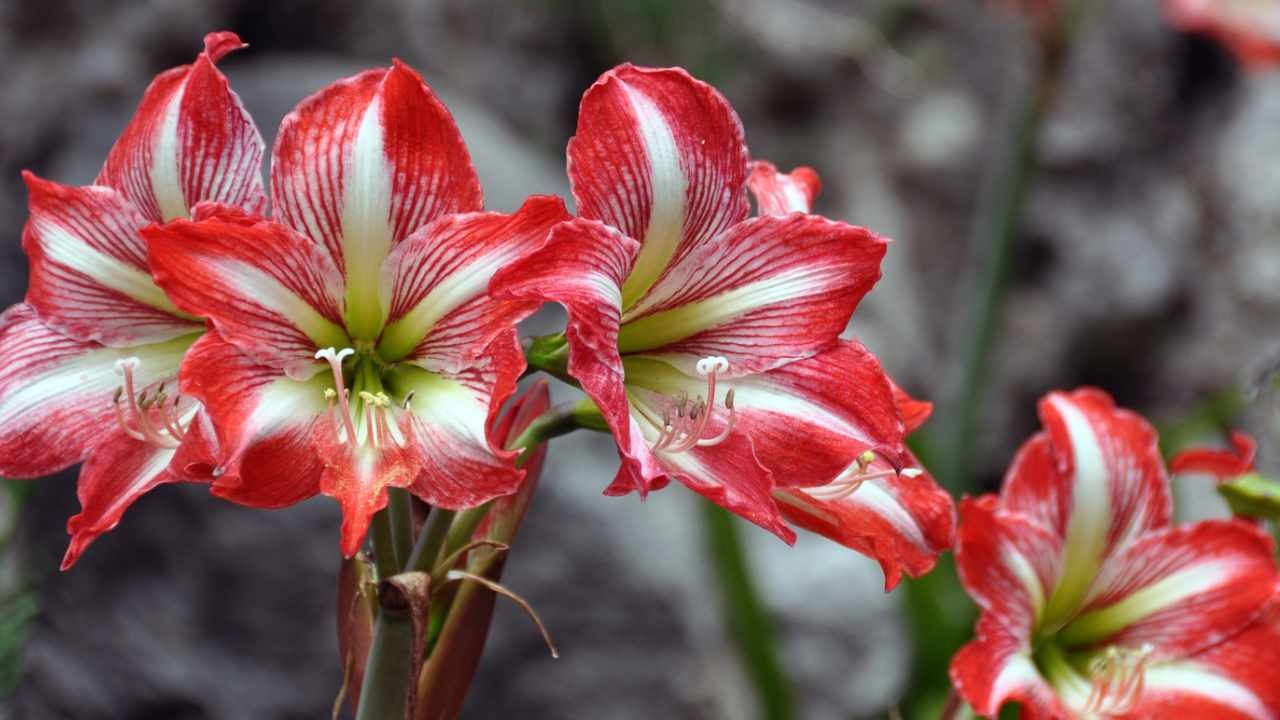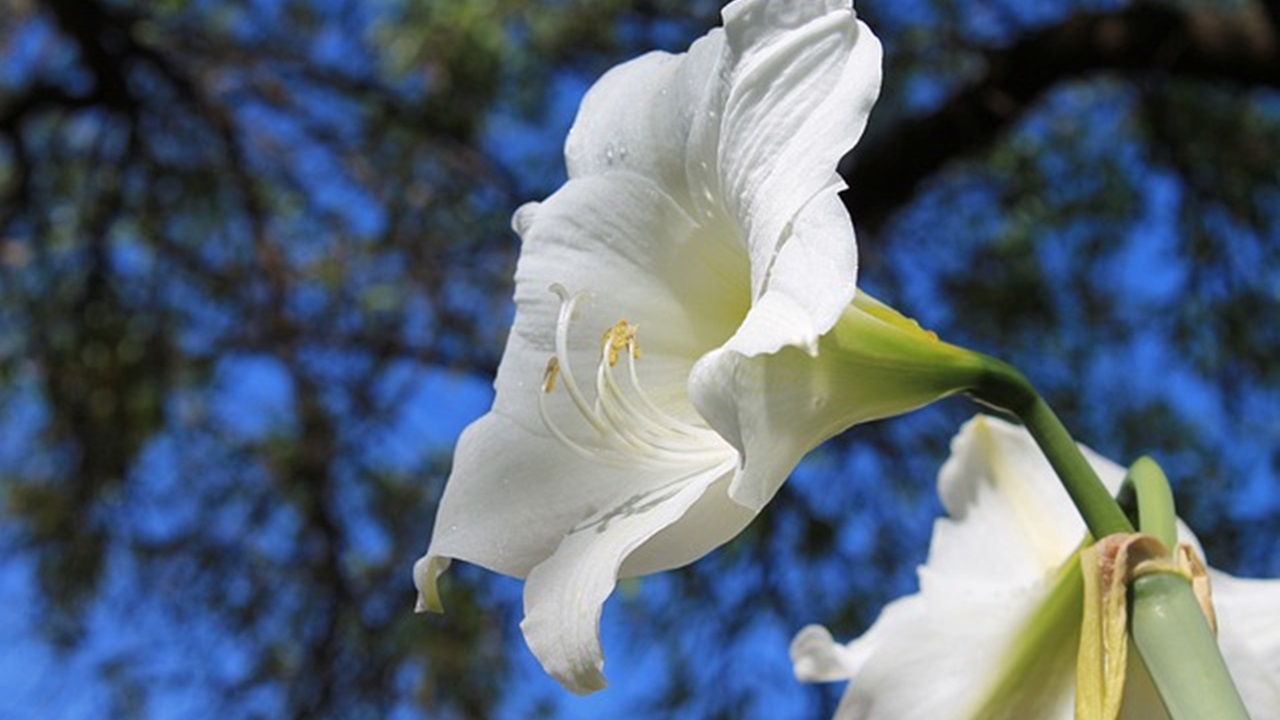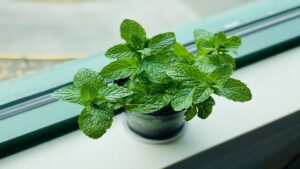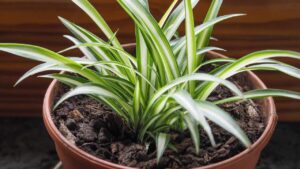Amarillo: How to Grow These Wonderful Flowers
Amarillo flowers, also known as “flowers of hope,” are a beautiful bulbous plant species originating from South America. These resilient flowers are celebrated for their charm and adaptability, thriving even in challenging environments. In this article, we will explore how to cultivate Amarillo flowers and add that extra touch of elegance to your garden.

Amarillo flowers are easily recognized by their large, showy trumpet-shaped blooms. These vibrant flowers typically grow to a height of 11.8 – 15.8 inches (or 30-40 centimeters) and are held aloft by tall, slender stems. The stems are adorned with long, narrow leaves of rich green color. What sets Amarillo flowers apart is their remarkable resilience and their capacity to store water within their stems.
How to Grow Amarillo
Let’s see how to grow them. One of the most important considerations when growing these flowers is the choice of bulbs. Opt for bulbs that are firm to the touch and devoid of any indications of decay or damage. Another detail to pay attention to when purchasing is the bulb size, as smaller ones may not yield the full, vibrant blooms Amarillo flowers are known for.
Amarillo flowers typically bloom in November and require ample sunlight to thrive. Position them in a location where they receive a minimum of 6 hours of sunlight each day, and ensure the temperature remains above 59-68 degrees Fahrenheit (or 15-20 degrees Celsius). During the summer months, from May to July, try to provide them with the right amount of shade.

Soil preparation is another crucial aspect to ensure rich flowering. This plant needs well-drained soil, perhaps enriched with compost or peat to increase its fertility. Plant the bulbs at a depth of approximately 6 inches (or 15 centimeters). After planting, apply a thin layer of mulch to help retain moisture and shield the bulbs from extreme temperature fluctuations.
During the growth phase, Amarillo plants need an appropriate amount of water to thrive. Water newly planted bulbs regularly to aid in root establishment, but be cautious not to overwater, as this can lead to rot. Also, avoid wetting the leaves, as this could encourage the development of fungal diseases.





